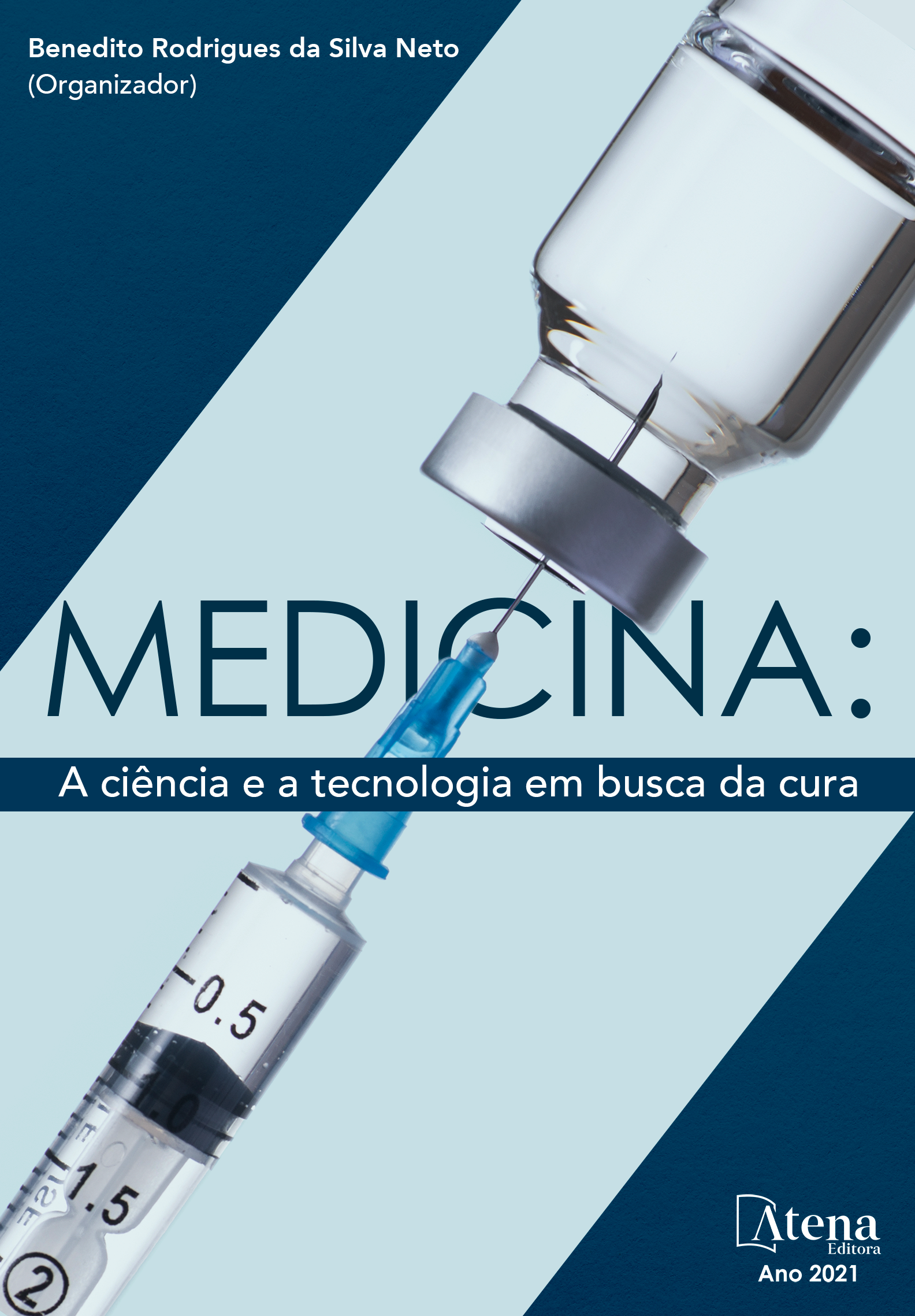
ASPECTOS GERAIS E FATORES DE RISCO ASSOCIADOS À INFECÇÃO POR TRICHOMONAS VAGINALIS
RESUMO: Trichomonas vaginalis, agente causador da tricomoníase, uma das infecções sexualmente transmissíveis mais comuns do mundo, é um protozoário parasita, flagelado, heterotrófico e anaeróbico facultativo, que em um ambiente propício para seu desenvolvimento estabelece mecanismos patogênicos e evade a resposta imune do hospedeiro. Diante do exposto, realizou-se assim, uma revisão literária retrospectiva, transversal e descritiva utilizando Scielo, Ebsco, PubMed e LILACS como base de dados, fazendo uso dos descritores: tricomoníase, ISTs e aspectos gerais. Desta forma, o presente estudo resultou na exposição dos fatores de risco a respeito desta infecção sexual transmissível (IST), relacionando-a com um problema também socioeconômico, pouco popularmente dialogado e indispensável para educação daqueles que mantêm uma vida sexualmente ativa. Indo além com termologias técnicas e a importância desta infecção para a ciência, abrangendo assim a transmissão, a resposta imune do hospedeiro, a prevenção e o mais comum regime terapêutico. A infecçãop or T. vaginalis é uma das principais IST´s no mundo, e mesmo assim carece de maior atenção no diagnóstico e em dados para a população, uma vez que os fatores de risco vinculados a esta IST são descritos e caracterizados pelo baixo nível econômico, baixo nível de escolaridade, sexo desprotegido, múltiplos parceiros sexuais, prostituição, uso abusivo de álcool e drogas, e outras ISTs associadas.
ASPECTOS GERAIS E FATORES DE RISCO ASSOCIADOS À INFECÇÃO POR TRICHOMONAS VAGINALIS
-
DOI: 10.22533/at.ed.9462120127
-
Palavras-chave: Trichomonas vaginalis; tricomoníase; IST’s.
-
Keywords: Trichomonas vaginalis; trichomoniasis;IST’s.
-
Abstract:
ABSTRACT: Trichomonas vaginalis, the causative agent of trichomoniasis, one of the most common sexually transmitted infections in the world, is a protozoan parasite, flagellate, heterotrophic and facultative anaerobic, which in an environment conducive to its development establishes pathogenic mechanisms and evades the host's immune response. Given the above, a retrospective, cross-sectional and descriptive literary review was carried out using Scielo, Ebsco, PubMed and LILACS as a database, making use of the descriptors: trichomoniasis, STIs and general aspects. Thus, the present study resulted in the exposure of risk factors regarding this transmissible sexual infection (STI), relating it to a socioeconomic problem that is also socioeconomic, little popularly dialogued and indispensable for the education of those who maintain a sexually active life. Going further with technical thermologies and the importance of this infection for science, thus covering transmission, host immune response, prevention and the most common therapeutic regimen. Infection or T. vaginalis is one of the main STIs in the world, and even so needs greater attention in diagnosis and data for the population, since the risk factors linked to this STI are described and characterized by low economic level, low level of education, unprotected sex, multiple sexual partners, prostitution, abusive use of alcohol and drugs, and other associated STIs.
-
Número de páginas: 8
- JOÃO VICTOR GOMES LIMA CORDEIRO
- THAMYRES FERNANDA MOURA PEDROSA SOUZA
- ISABELE DE SOUZA RODRIGUES


